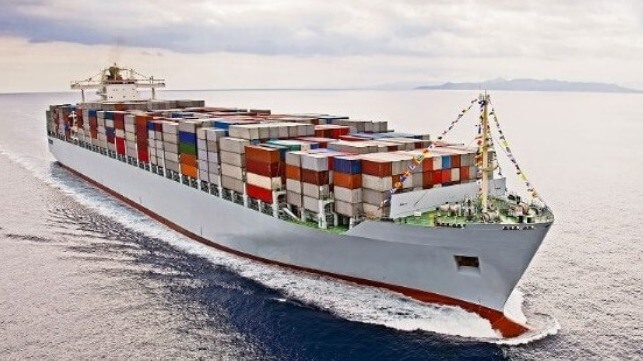Schedule Reliability Reaches Three-Year High with Blank Sailings Down

Schedule reliability for the global container shipping industry continues its rebound from the depths of the delays in 2021 and 2022 to reach a nearly three-year high in May 2023. Analytics firm Sea-Intelligence is highlighting the continued progress in its monthly reporting while carriers have also increased capacity back into the markets reducing the number of sailings blanked from their schedules.
“Global schedule reliability has continued to improve month-over-month, with the latest improvement of 2.7 percentage points in May 2023,” said Alan Murphy, CEO of Sea-Intelligence. “With this increase, schedule reliability is now up to 66.8 percent.”
Sea-Intelligence calculates that the global average had not been at these levels since the summer of 2020. While still behind the industry’s historic average which had been between 75 and 80 percent before the pandemic, it represents a dramatic improvement from when just one-in-three containerships were on schedule at the beginning of 2022. Year-to-date, the industry is now averaging over 60 percent schedule reliability versus just under 36 percent in 2021.
All the major carriers are reporting strong improvements. Lines such as Maersk and Hamburg Sud which maintained stronger performance are showing increases of approximately 50 percent in schedule reliability year-over-year. Among the 14 top carriers, the average is better than a 100 percent improvement with some carriers showing as much as a 120 or 130 percent improvement while Sea-Intelligence calculates Wan Hai’s schedule reliability is up over 220 percent year-over-year. Comparing May’s performance to April’s schedule reliability, the improvements ranged between two and 11 percent with an average of better than five percent schedule improvement. Only HMM was reported to have a slight month-over-month decline.
These improvements come as the carriers have also scaled back on their use of blanked sailings from their schedule to manage capacity. For the busy Asia-North America West Coast trade, Sea-Intelligence reports blank sailings were down to 10 percent in June versus a peak where a quarter of sailings were being canceled.
“The number of blank sailings is at the lowest we have seen since the pandemic started,” said Murphy. “It is not perfect – the level is not zero. But no one should expect zero blank sailings, as a normal state of affairs.”
While schedule reliability is improving, the average late arrival for a vessel remains at over four and a quarter days. It is slowly working back toward the industry’s average before the pandemic, which was around or below four days, and already strongly improved from a peak of nearly eight days during the surge in shipping volumes and port delays during the pandemic.
